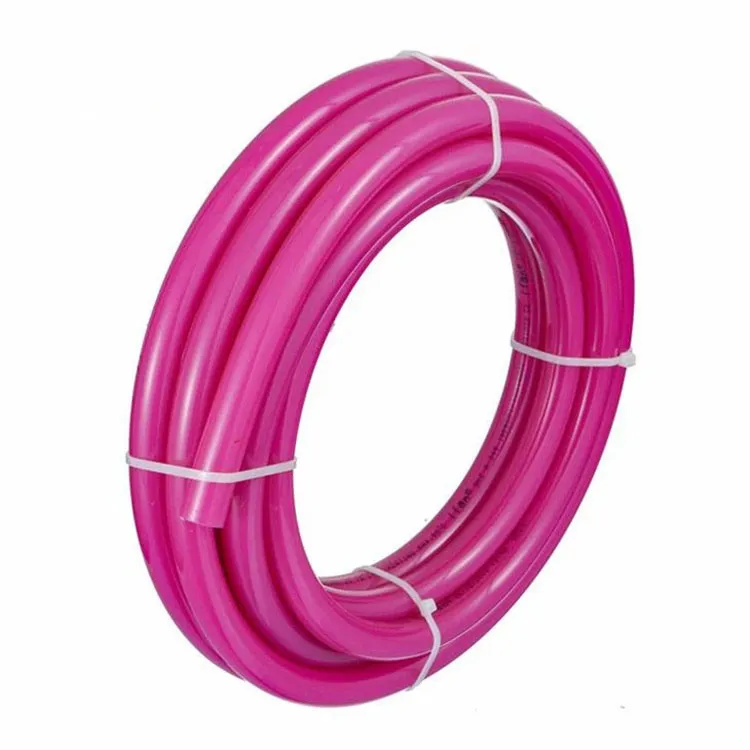HDPE gas pipes are available in a variety of sizes, ranging from 1/2 inch to 24 inches in diameter. The most commonly used sizes for residential and commercial applications are 1/2 inch, 3/4 inch, 1 inch, and 2 inch pipes. These pipes are typically used for gas distribution from the meter to the appliance or for service lines that run from the main gas line to the building.
For larger applications, such as industrial or commercial buildings, HDPE gas pipes are available in larger sizes. These pipes can be up to 24 inches in diameter and are used to transport natural gas over long distances. They are often buried underground or installed above ground in specialized piping systems.
The specifications for HDPE gas pipes vary depending on the size and application of the pipe. In general, these pipes are made from high-density polyethylene material that meets or exceeds ASTM D2513 and API 15LE standards. These standards ensure that the pipes are strong, durable, and resistant to the stresses of natural gas distribution.
HDPE gas pipes are also rated based on their pressure capacity. This rating is known as the "design pressure" and is typically expressed in pounds per square inch (psi). The design pressure for HDPE gas pipes ranges from 80 psi to 250 psi, depending on the size and application of the pipe.
Another important specification for HDPE gas pipes is their temperature rating. These pipes are designed to withstand temperatures ranging from -40°F to 140°F (-40°C to 60°C). This temperature range ensures that the pipes can be used in a variety of environments and climates.
In addition to their strength and durability, HDPE gas pipes are also resistant to corrosion. This is because the polyethylene material used to make these pipes is chemically inert and does not react with natural gas or other substances commonly found in the environment.
When installing HDPE gas pipes, it is important to follow the manufacturer's recommended installation procedures. These procedures typically include guidelines for pipe size, depth of burial, and installation techniques. It is also important to use the appropriate fittings and connectors to ensure a secure and leak-free connection between the pipes.
In conclusion, HDPE gas pipes are an important component of natural gas distribution systems. They are available in a variety of sizes and specifications to meet the needs of residential, commercial, and industrial applications. HDPE gas pipes are strong, durable, and resistant to corrosion, making them an ideal choice for carrying natural gas over long distances. By following the manufacturer's recommended installation procedures, HDPE gas pipes can provide a reliable and safe means of delivering natural gas to homes, businesses, and other facilities.

639.webp)



194.webp)

328.webp)

294.webp)
476.webp)
420.webp)
146.webp)
460.webp)
287.webp)


